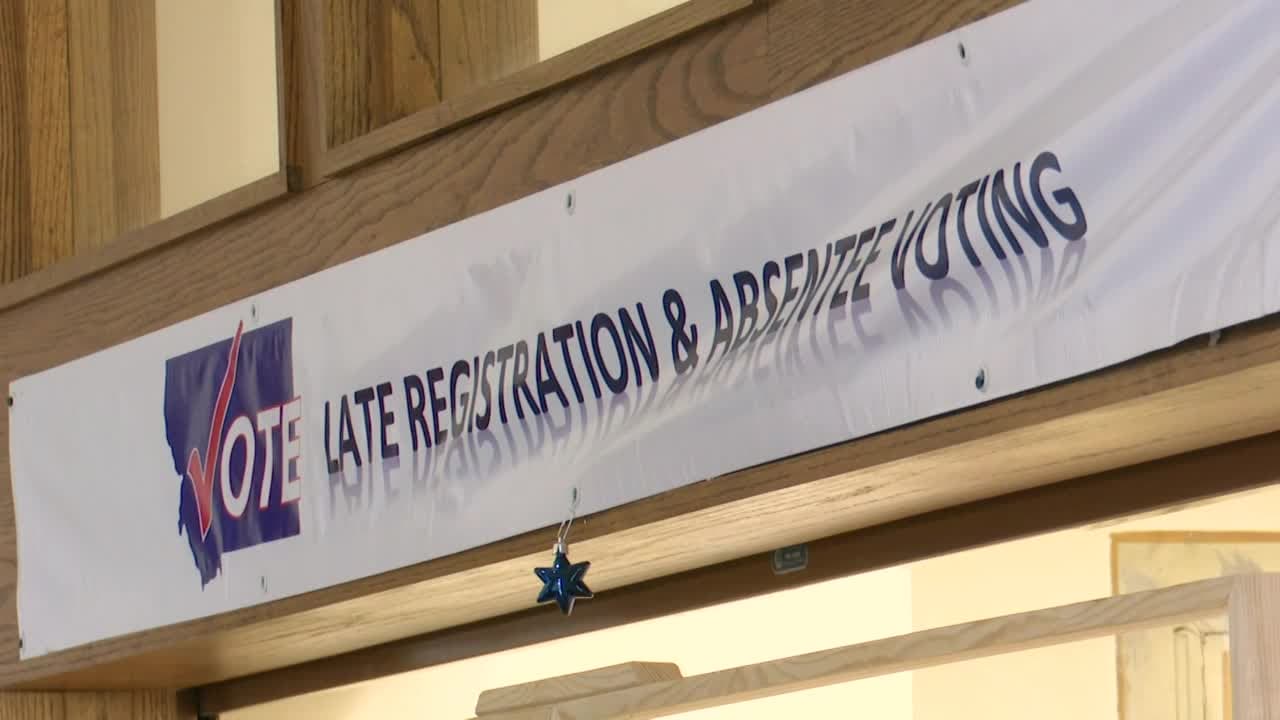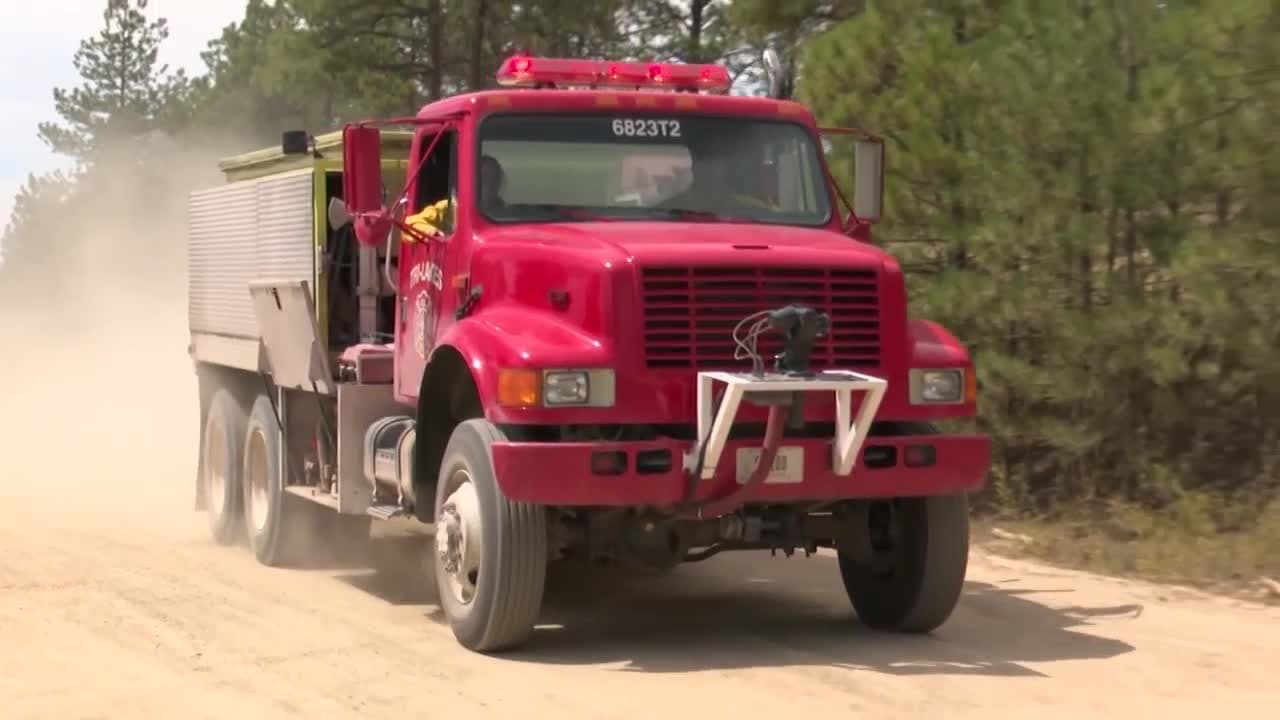Montana Task Force Meets in Helena to Tackle Energy Needs
On November 21 the governor's newly created Unleashing American-Made Energy Task Force held its first meeting in Helena to examine Montana's energy needs and to discuss metrics for affordable and reliable power. The group's early work could influence electricity reliability, infrastructure investment, and long term planning for Lewis and Clark County while balancing economic and environmental considerations.
The Unleashing American-Made Energy Task Force convened in Helena on November 21 for its inaugural session, with officials outlining a broad charge to assess Montana's energy landscape. Task force members were asked to examine the state level demand picture, consider metrics for affordability and reliability, and evaluate how new and existing generation including renewable resources can contribute to grid resiliency and baseload needs.
During the first meeting officials focused on exploring options to meet growing demand and to strengthen energy infrastructure while balancing economic and environmental considerations. The discussion framed the task ahead as both technical and strategic, requiring measurement of power reliability and cost alongside evaluation of generation resources and transmission capacity. Officials described the work as a platform for informed recommendations to state leadership.
For Lewis and Clark County residents the task force's work has direct implications. Decisions about how to meet demand and ensure baseload can affect local rates, the frequency and duration of outages, and where investment flows for grid upgrades or new generation will be sited. Choices about the role of renewables versus existing fossil fuel plants will also shape local economies through construction and operation jobs, permitting processes, and land use questions. The emphasis on affordability signals concern for household and business energy bills in a region that experiences seasonal swings in consumption.
The Helena meeting also situated Montana within broader national and international energy trends. Many jurisdictions are balancing the twin goals of decarbonization and reliability, and Montana's abundant wind and other renewable resources make the state part of that larger conversation. At the same time grid resiliency and baseload considerations remain central as states grapple with extreme weather and shifting demand patterns. The task force will need to consider federal policy, interstate grid connections, and supply chains for energy technologies as it shapes recommendations.
Next steps for the Unleashing American-Made Energy Task Force include further technical analysis and stakeholder engagement to refine metrics and evaluate specific options for generation and transmission. Officials signaled a focus on creating actionable guidance for policymakers, regulators, and utilities. For residents of Lewis and Clark County the task force's recommendations could inform the pace and character of energy projects and investments that affect local reliability, costs, and environmental outcomes.


